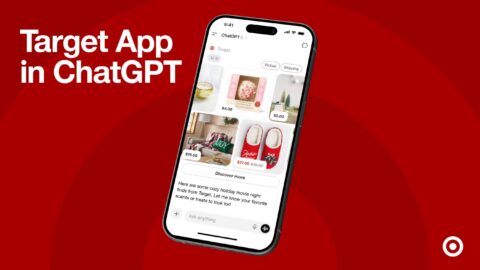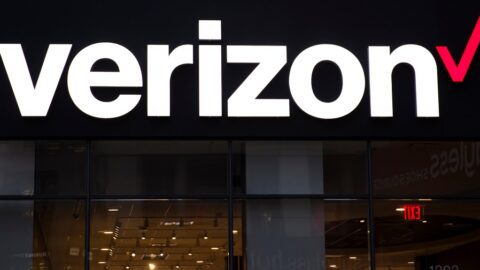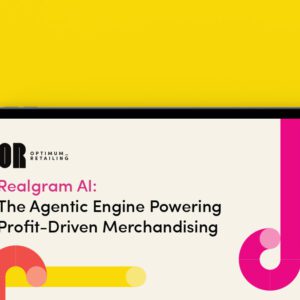By Terri Goldstein, CEO, The Goldstein Group
Editor’s Note: This is the first installment in a new monthly series by shopper marketing specialist, Terri Goldstein. With more than 20 years of experience in brand strategy and package design, she is well versed in appealing to consumers’ senses in order to trigger their impulsive purchasing power. The column will explore developments in consumer spending patterns along with sensory branding tactics for high jacking consumer emotions at retail.
In spite of our struggling economy, Americans are still spending an average of 27.5 minutes two times per week shopping for household items. No matter how bad the economy gets, we will continue to define ourselves according to the brands we buy – from cars to clothes to ketchup. When we go to the grocery store for one thing – say, a carton of milk – and walk out with a bag full of items, it’s no accident. Our senses have been engaged in a very specific way by the retail environment to trigger our purchasing impulse.
From the moment we enter the grocery store, we are lulled by the soothing, slow tempo of familiar “soft hits” on the overhead speakers. Because the produce and flowers are placed nearest the entrance, we subconsciously assume that everything in the market is fresh. The carton of milk that prompted our trip in the first place is deliberately placed in the very back of the store – forcing us to run a gauntlet of temptation as we pass by several other aisles to and from the dairy section.
With more than 50,000 SKUs fighting for our attention in the average retail environment, sensory overload takes over. Because the on-shelf products cannot actively engage our senses beyond sight (i.e., we cannot feel the softness of the toilet paper, hear the crunch of the potato chips, smell the aroma of the spaghetti sauce, or taste the vanilla mint-flavored mouthwash), our blink pattern slows from 26 to 14 blinks per minute and our associative emotional radar – also known as our “sixth sense” or “gut” – comes to the fore.
In this over-stimulated state, the consumer sees less but feels more. Strategic brand packaging capitalizes on this knowledge by appealing above all to the consumer’s intuition. This is accomplished via a carefully engineered visual vocabulary of colors, shapes, symbols, and words designed to resonate positively with the consumer in five seconds or less. When favorable associations are tapped in the mind of the consumer, the impulse factor is triggered. It’s a well-documented fact that impulse accounts for 76% of purchases in the retail environment, and that shoppers are 24 times more likely to purchase an item based on emotional resonance than they would based on a logical decision.
As I pointed out earlier, retailers can and do exercise their own methods of triggering consumer impulses at the point of purchase. In addition to the strategic placement of items such as produce and dairy, the most successful grocery store chains encourage spending by seducing customers with “luxury” signals such as roomy aisles, carts that are easy to maneuver, sparkling clean shelves that are always fully stocked, an attentive staff, and the smell of baked goods. Essential item placement in “sweet spots” such as outer aisles, end caps and registers only serves to further the likelihood that consumers will make that last-minute buy.
Communicating a pleasurable sensory association to the consumer is key for retailers and CPG brands alike. The ones that “make sense” make money. It is the responsibility of both retailers and brand strategists to stay on top of sensory trends – i.e., color, flavor, texture, and scent – and purchasing patterns in order to maintain their hold on the ever-changing hearts and minds of their target.
A shopper marketing expert with over two decades of field experience, Terri Goldstein is the author of breakthrough research on consumer behavior, recall and sensory motivation in the retail environment. She has applied her proprietary Shelf Sight Sequence™ to the restaging of many an iconic brand for clients such as The Bayer Corporation, Merck, H.J. Heinz, Chattem, Inc., GlaxoSmithKline, Unilever, and Nabisco. Terri can be reached at terri@thegoldsteingroup.net or 212-842-2887.












